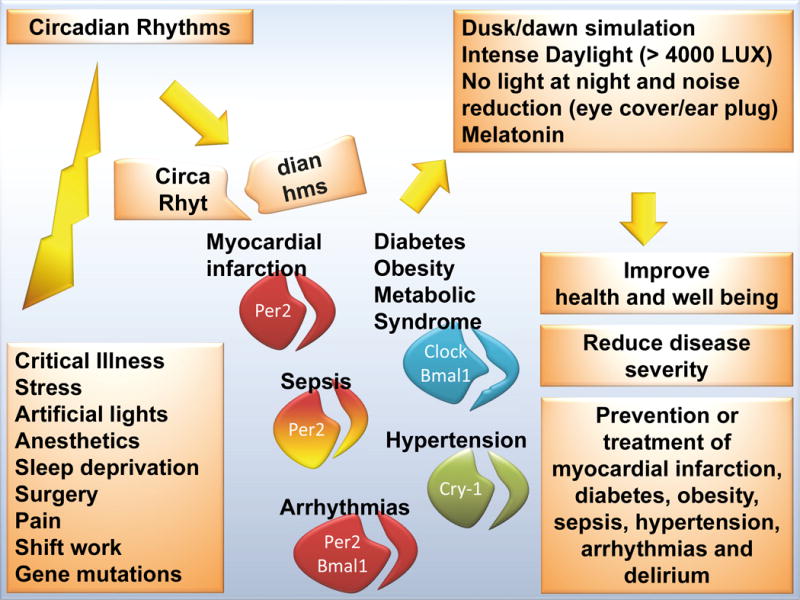Figure 2. Disrupted circadian rhythms and its consequences.

Many factors in a clinical setting lead to a disrupted circadian rhythm. As proper sleep is a reflection of a functional circadian rhythm, in particular sleep deprived patients are at risk (e.g. intensive care unit [ICU]). In addition, many common clinical scenarios disrupt our circadian rhythm, such as severe illness, stress, noise, surgery, sepsis, drugs, light at night etc. Based on current literature this could increase the risk for myocardial infarction, stroke, sepsis and obesity. The use of intense daylight (at least 4000 LUX, reflecting a sunny day outside) in conjunction with quiet and dark nights in hospitals could represent a future strategy to restore circadian rhythms and to benefit the overall health of inpatients; the circadian clock is composed of a primary negative-feedback loop involving the genes Clock, Bmal1, Period homologue 1 (Per1), Per2, Cryptochrome 1 (Cry1) and Cry2; disruption of these genes in animals models leads to the diseases indicated.
